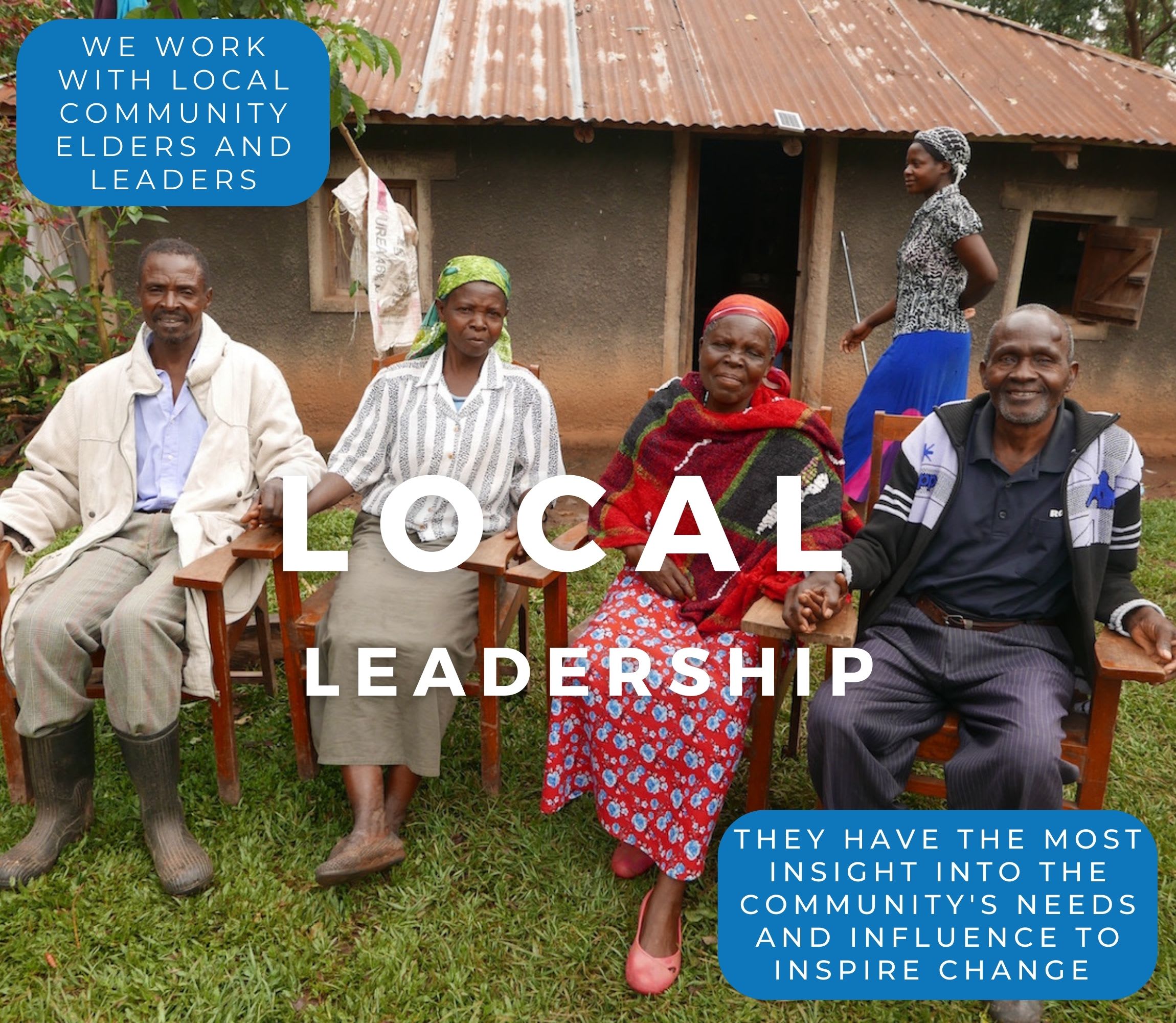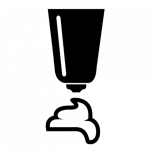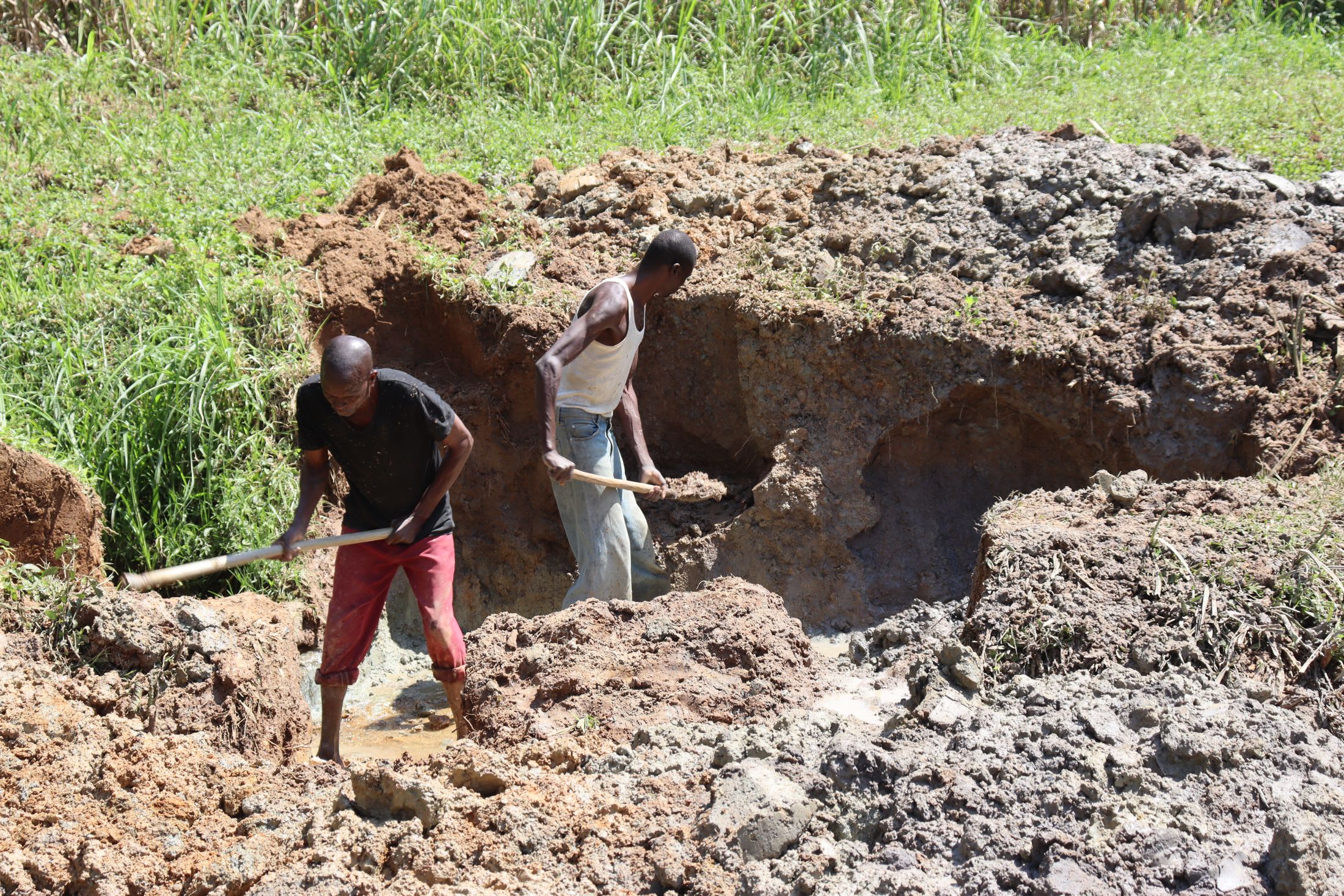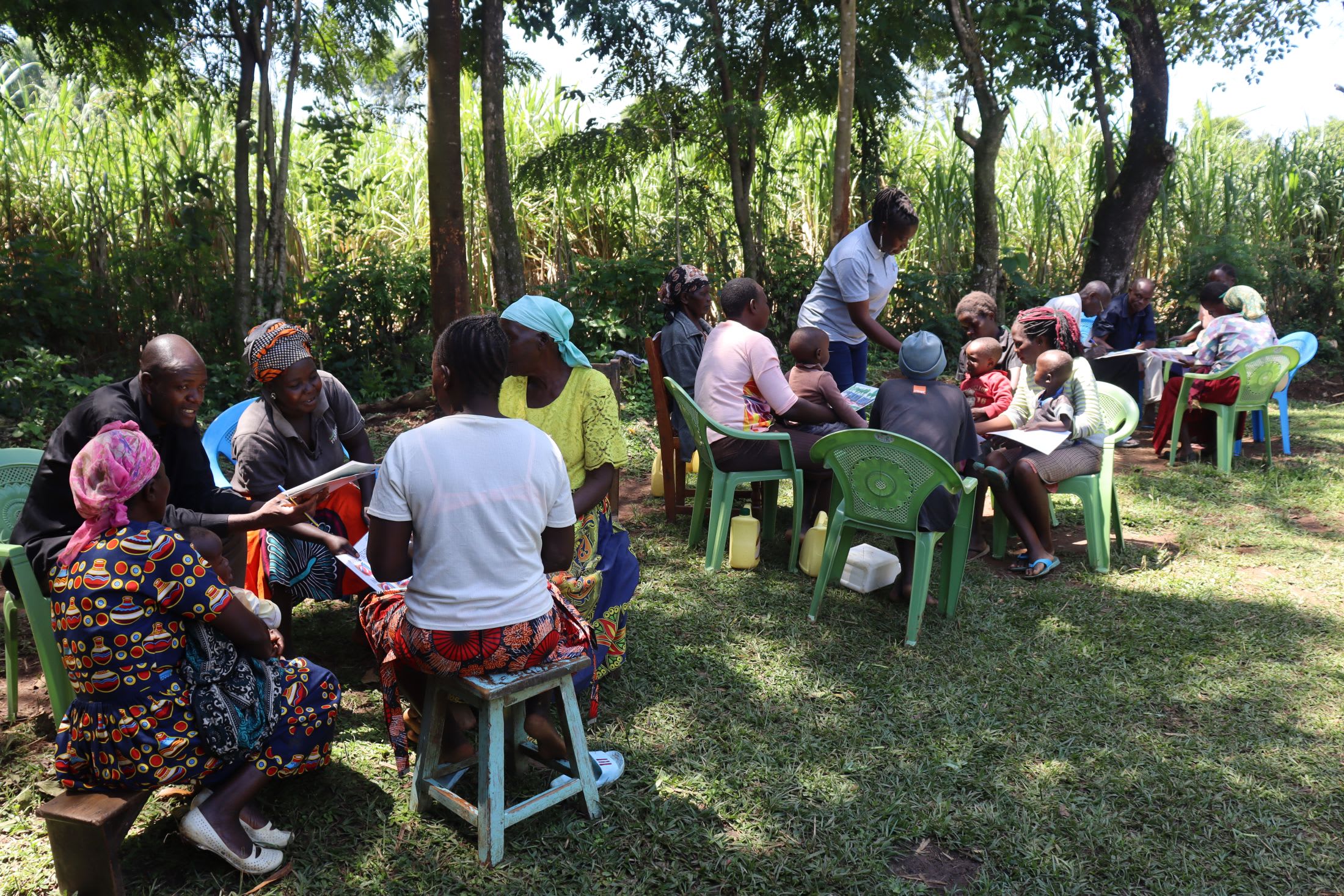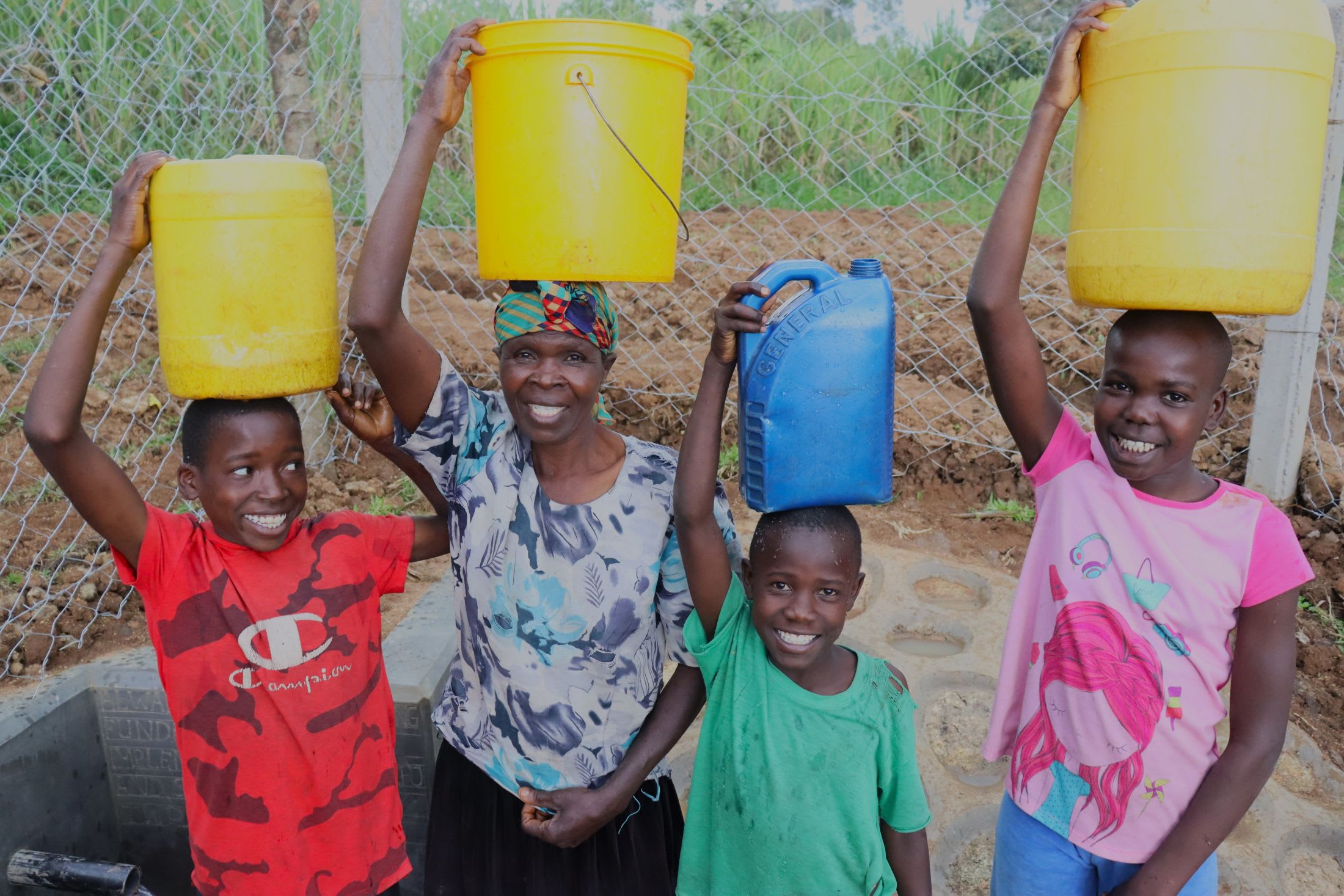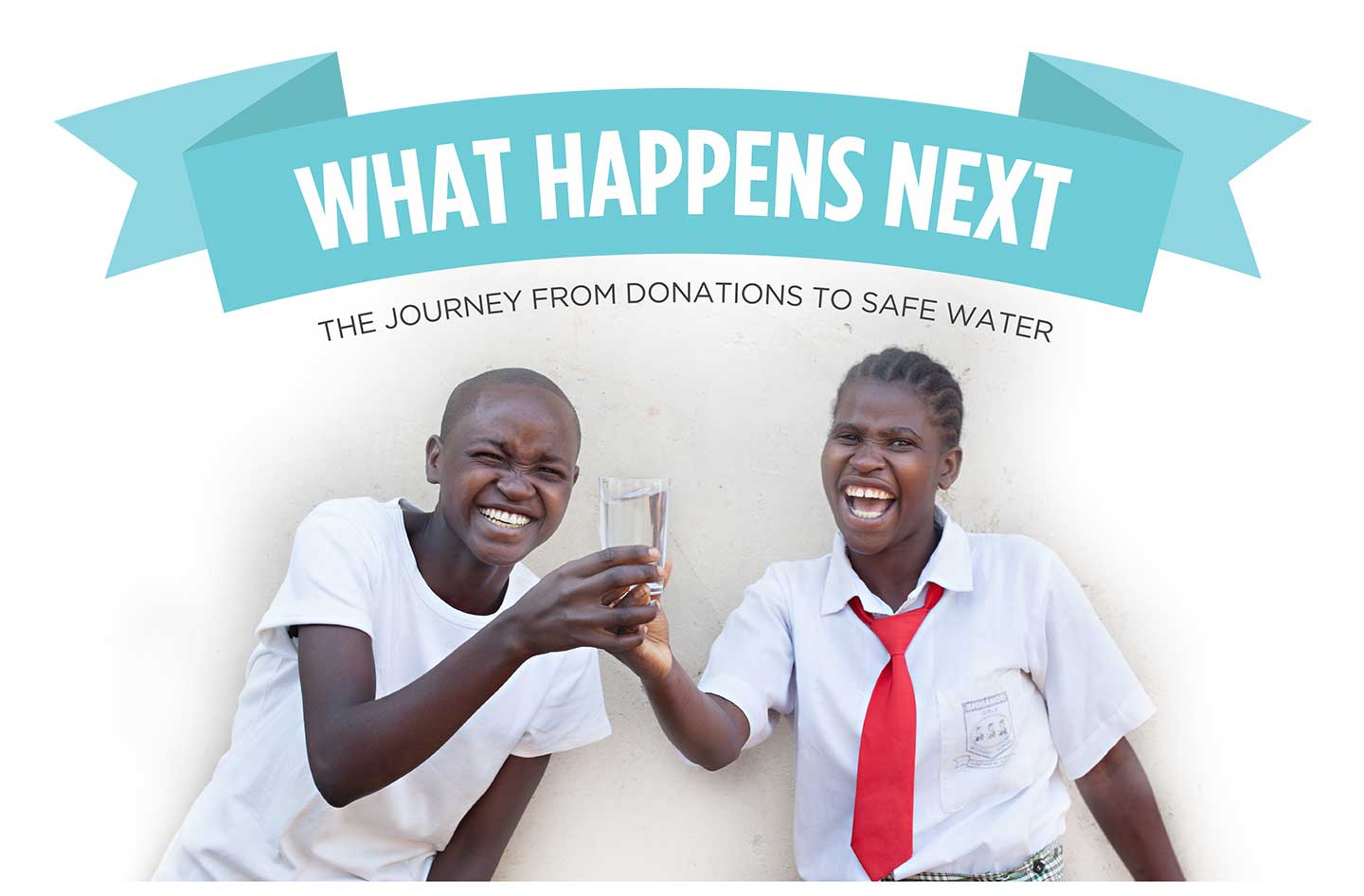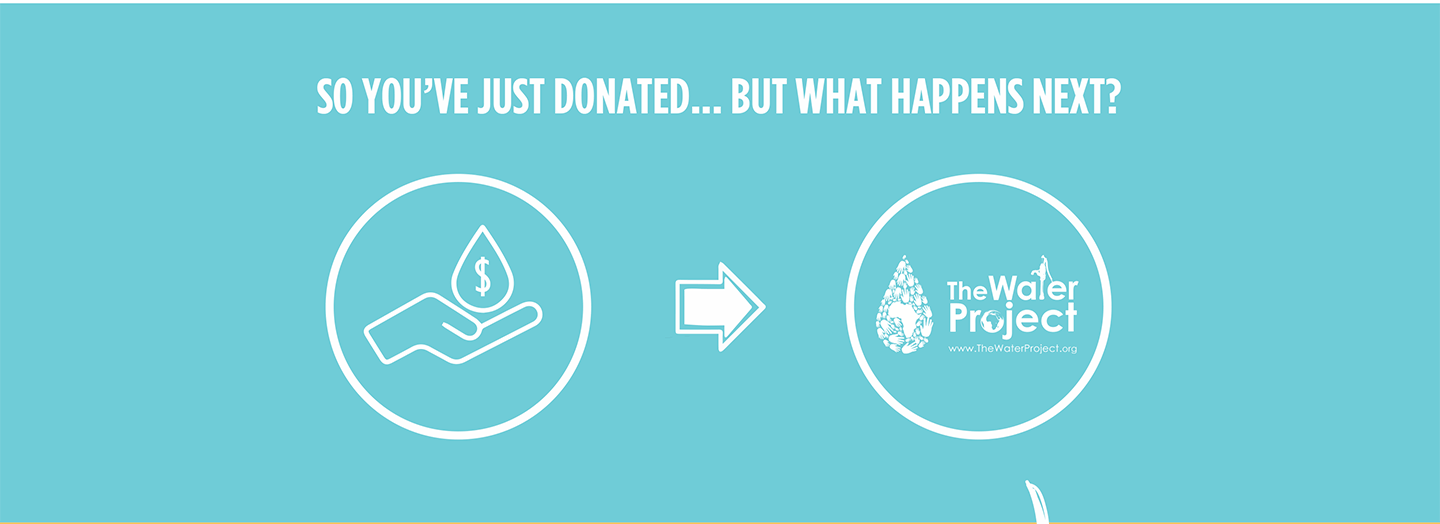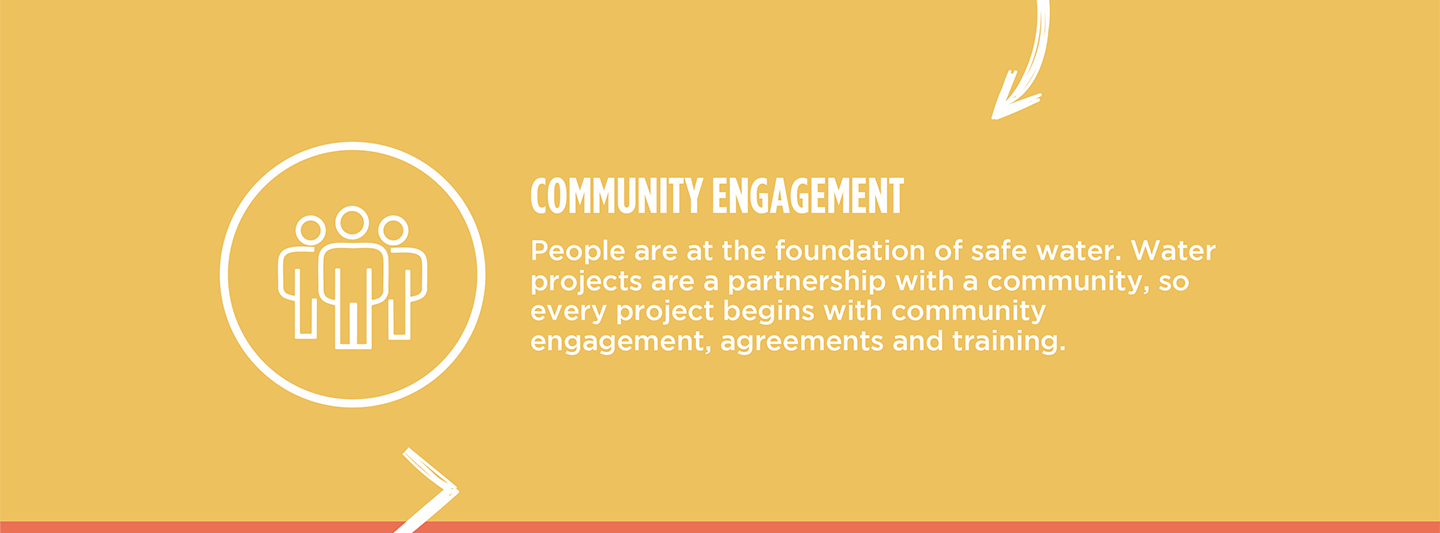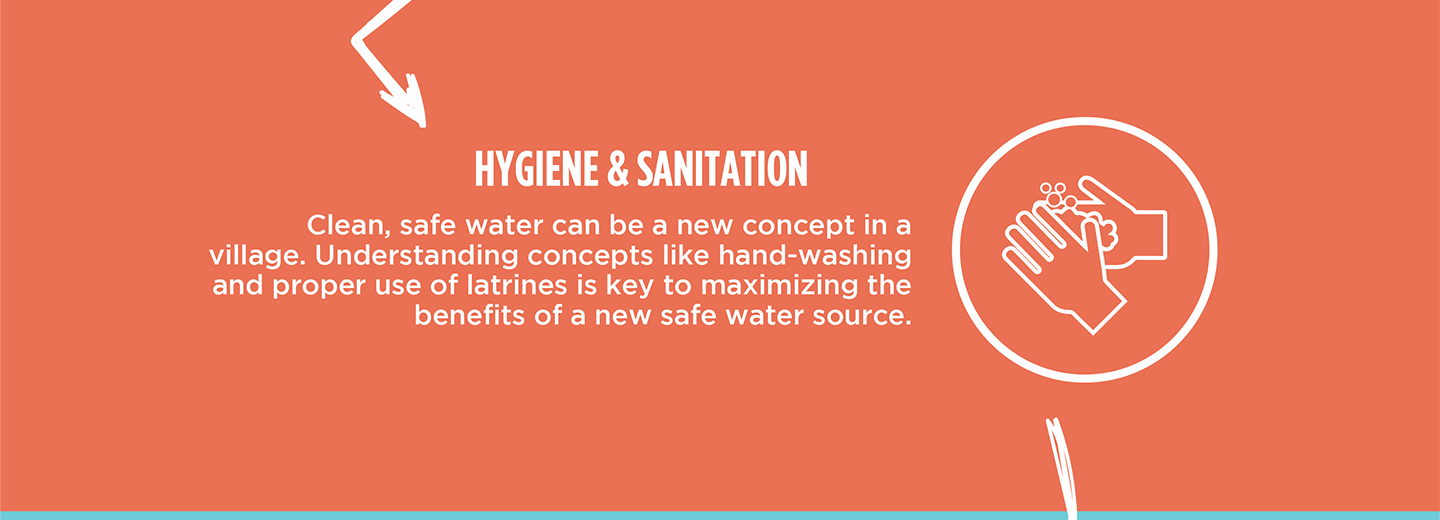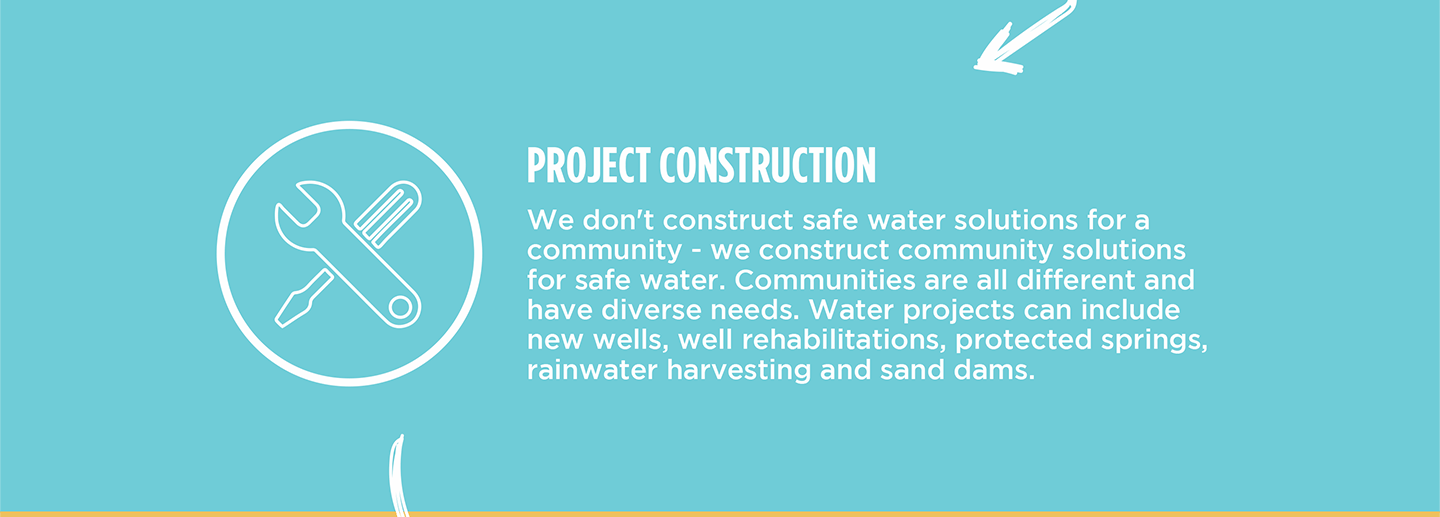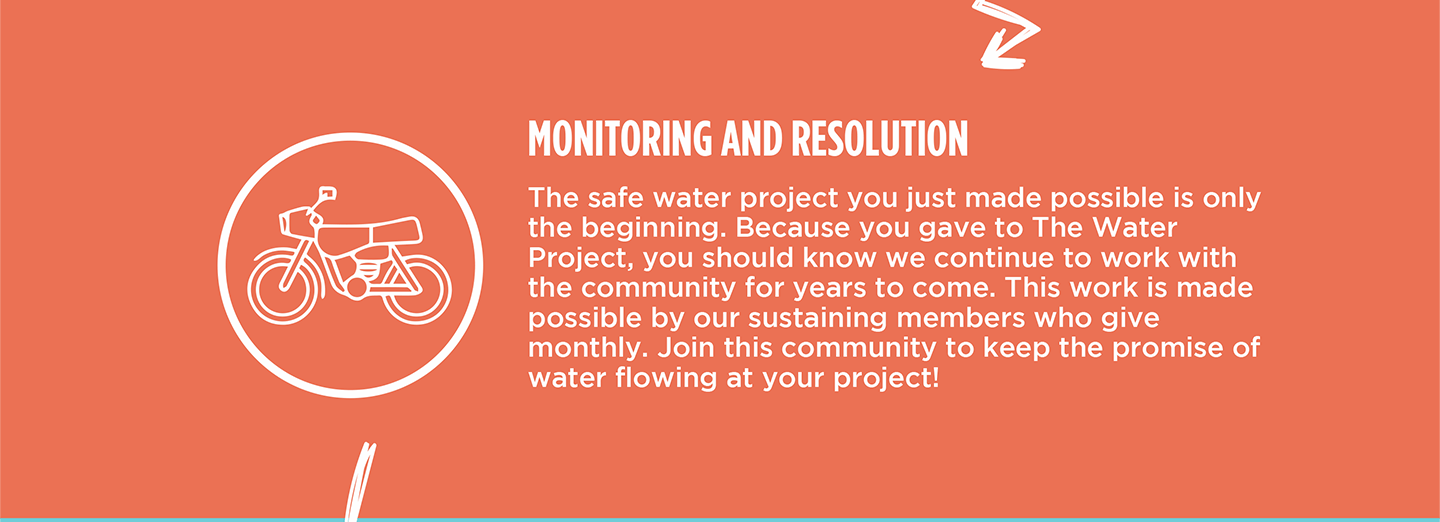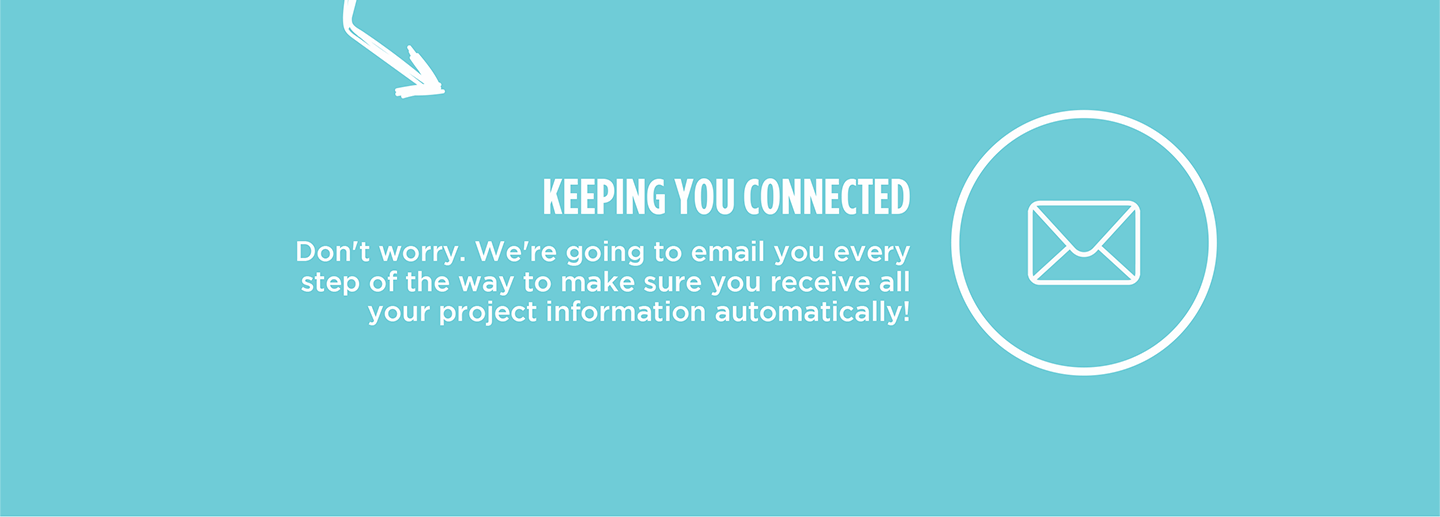Looking at Alwanda Shirandula Spring, the primary water source for the 280 community members living in Shieywe, it is evident that they take severe risks each time they consume its water.

The spring is open to all types of contamination, including runoff from local sugar cane and maize plantations. The water is littered with algae; with the slightest movement, sediment stirs up from the bottom, making the water murky.
"The spring is open to contamination and always hazardous to human life," said our field officer Jacklyne Chelagat.

"In the process of consuming this dirty water, diseases and dirtiness is the order of the day, and it is really frustrating. Last month, I was frustrated when all of a sudden, I started having profuse diarrhea," said community member Timina Shirandula, seen above collecting water.
Timina's frustration is understandable as she is not the only community member who reports suffering from water-related illnesses. Diarrhea, stomachaches, and flu-like symptoms from drinking the water are regular occurrences for the young and old alike.
This can be very scary for community members. According to the the World Health Organization," Each year diarrhea kills around 525,000 children under five." (https://www.afro.who.int/health-topics/child-health)
"Drinking this water has caused a lot of problems. I do cough a lot whenever I drink water. This has caused me to be absent of school quite frequently," 12-year-old Sarah (shown below) said.

The community members in Shieywe are anxious for the spring's protection, which should solve their water-induced illnesses. By having clean water, they can save their time for more productive activities like attending school or working so they can build a brighter future and reserve their resources for their daily needs.
"This water is very dirty, and its members are more than willing to help ensure their spring is well protected," concluded Jacklyne.
The Proposed Solution, Determined Together...
At The Water Project, everyone has a part in conversations and solutions. We operate in transparency, believing it benefits everyone. We expect reliability from one another as well as our water solutions. Everyone involved makes this possible through hard work and dedication.
In a joint discovery process, community members determine their most advantageous water solution alongside our technical experts. Read more specifics about this solution on the What We're Building tab of this project page. Then, community members lend their support by collecting needed construction materials (sometimes for months ahead of time!), providing labor alongside our artisans, sheltering and feeding the builders, and supplying additional resources.
Water Access for Everyone
This water project is one piece in a large puzzle. In Kenya, Sierra Leone, and Uganda, we're working toward complete coverage of reliable, maintained water sources that guarantee public access now and in the future within a 30-minute round trip for each community, household, school, and health center. One day, we hope to report that this has been achieved!
Training on Health, Hygiene & More
With the community's input, we've identified topics where training will increase positive health outcomes at personal, household, and community levels. We'll coordinate with them to find the best training date. Some examples of what we train communities on are:
- Improved hygiene, health, and sanitation habits
- Safe water handling, storage & treatment
- Disease prevention and proper handwashing
- Income-generation
- Community leadership, governance, & election of a water committee
- Operation and maintenance of the water point
Chlorine Dispensers
Installing chlorine dispensers is an important piece of our spring protection projects. Protecting a spring provides community members with an improved water source, but it doesn’t prevent contamination once the water is collected and stored. For example, if the water is clean and the container is dirty, the water will become contaminated.
We ensure that each chlorine dispenser is filled with diluted chlorine on a consistent schedule so that people can add pre-measured drops to each container of water they collect. That way, community members can feel even more confident in the quality of their water.
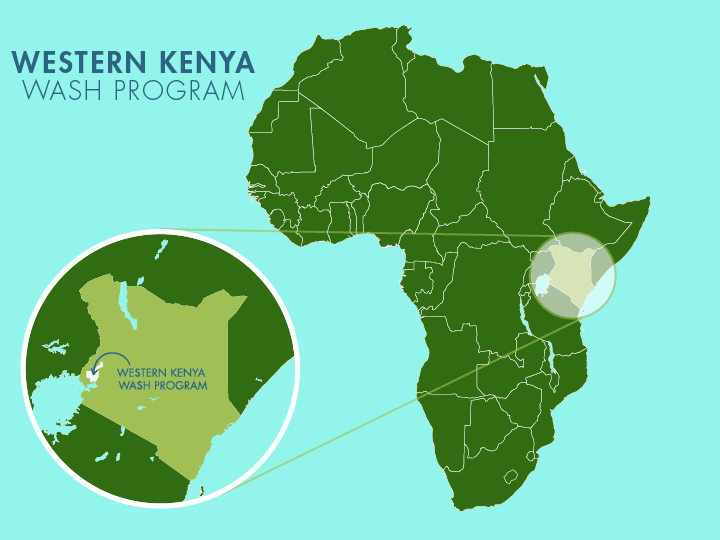
 Protected Spring
Protected Spring
 Rehabilitation Project
Rehabilitation Project

